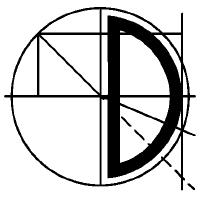Abstract
Data centers and servers consume a significant amount of electrical power. As future data centers increase in size, it becomes increasingly important to be able to select servers based on their energy efficiency. Rating the efficiency of servers is challenging, as it depends on the software executed on that server and on its load profile. To account for this, a measurement and rating methodology for servers must make use of both realistic and varying workloads. Existing energy-efficiency benchmarks either run standardized application loads at multiple load levels or multiple micro-benchmarks at full load. This does not enable a full analysis of system behavior as the energy efficiency for different kinds of software at low load levels remains unknown. This article introduces a measurement methodology and metrics for energy-efficiency rating of servers. The methodology defines system setup and instrumentation for reproducible results. It is designed to use multiple, specifically chosen workloads at different load levels for a full system characterization. All partial results are aggregated in a final metric that can be used by regulators to define server-labeling criteria. The methodology and workloads have been implemented in the standardized Server Efficiency Rating Tool. We show the applicability and use of the measurement methodology specifically considering its reproducibility, fairness, and relevance. A reproducibility analysis shows that efficiency scores vary with a maximum coefficient of 1.04\% for repeated experiments. In addition, we evaluate the proposed metrics by investigating their energy-efficiency rating on a set of 385 different servers and show the relevance of the selected workloads by analyzing relationships to real-world applications.


